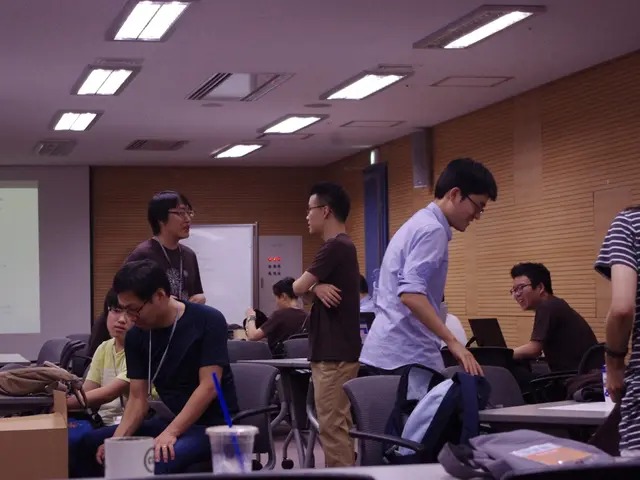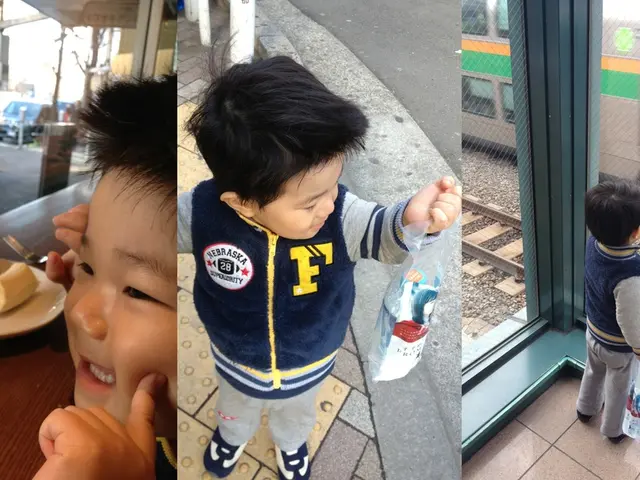Questioning Momentary Memory Lapse: Exploring the "Doorway Effect" and Its Impact on Our Recall of Tasks
In the fascinating world of cognitive psychology and neuroscience, the Doorway Effect, also known as the Location Updating Effect, continues to captivate researchers. This phenomenon, first identified by psychologists, refers to the disruption in short-term memory that occurs when individuals cross a physical boundary, such as a doorway or move to a different location.
The Doorway Effect is thought to be the brain's way of segmenting events and updating spatial context. When we move through a doorway, our brains automatically update the "event model" or mental representation of our surroundings. This update can cause the brain to discard or lose access to items held in working memory if they are no longer relevant in the new context.
Recent research has shown that the Doorway Effect is more pronounced under higher cognitive load conditions. When the brain is juggling multiple tasks or items in memory, the spatial updating can more easily disrupt memory retention. However, under low cognitive load, individuals might better retain information despite moving through a doorway.
A notable study conducted in 2021, led by Professor Gabriel Radvansky of the University of Notre Dame, found that participants were more likely to forget information after they passed through a door compared to just walking across a room. The study also revealed that changes in context, rather than moving through doors, may be a primary cause of the memory issue.
The study's findings demonstrate how our brains segment experiences into distinct events, referred to as the "event horizon model." This model suggests that the brain stores memories in bits or episodes, rather than as continuous events. The study also showed that overloading a person's memory can make them more susceptible to the Doorway Effect.
Interestingly, the Doorway Effect does not always occur consistently across all contexts. More recent research suggests that the phenomenon may not necessarily rely on perceptual information, as imagining going through a doorway can produce the same effect. Furthermore, the Event Horizon Model may work for imagined spaces as well.
Researchers are now expanding their focus to better understand how contextual boundaries and cognitive complexity interact to influence memory updating. Future studies may integrate computational modeling and high-resolution cognitive assessments to deepen insights into how location changes affect memory and cognition.
In conclusion, the Doorway Effect is a fascinating cognitive mechanism where changing physical locations triggers memory updating, which can disrupt short-term memory retention. Its impact depends on the nature of the contextual shift, the cognitive load, and the individual's cognitive state. This research not only sheds light on our understanding of memory and cognition but also offers potential insights into memory disorders and cognitive enhancements.
- The study's findings indicate that the brain stores memories in distinct episodes, a concept referred to as the "event horizon model," raising questions about the interplay between contextual boundaries, cognitive complexity, and memory retention in health-and-wellness, mental-health, and science.
- Remarkably, the Doorway Effect is not limited to real-life situations, as even imagining going through a doorway can produce the same effects on short-term memory, suggesting potential applications in virtual reality and cognitive psychology research.
- As research continues to evolve in the space of health-and-wellness and mental-health, scientists are focusing on understanding how contextual boundaries and cognitive load influence memory upgrades, potentially leading to breakthroughs in enhancing memory capabilities and reducing the impact of memory disorders.
- Moreover, with advancements in computational modeling and high-resolution cognitive assessments, researchers will be better equipped to explore the intricacies of memory updates, enhancing our comprehension of psychology and neuroscience in the realm of science and environmental contexts.








